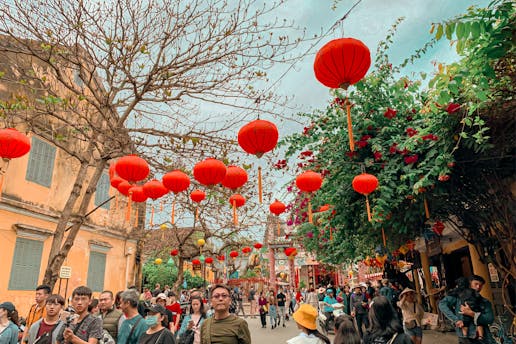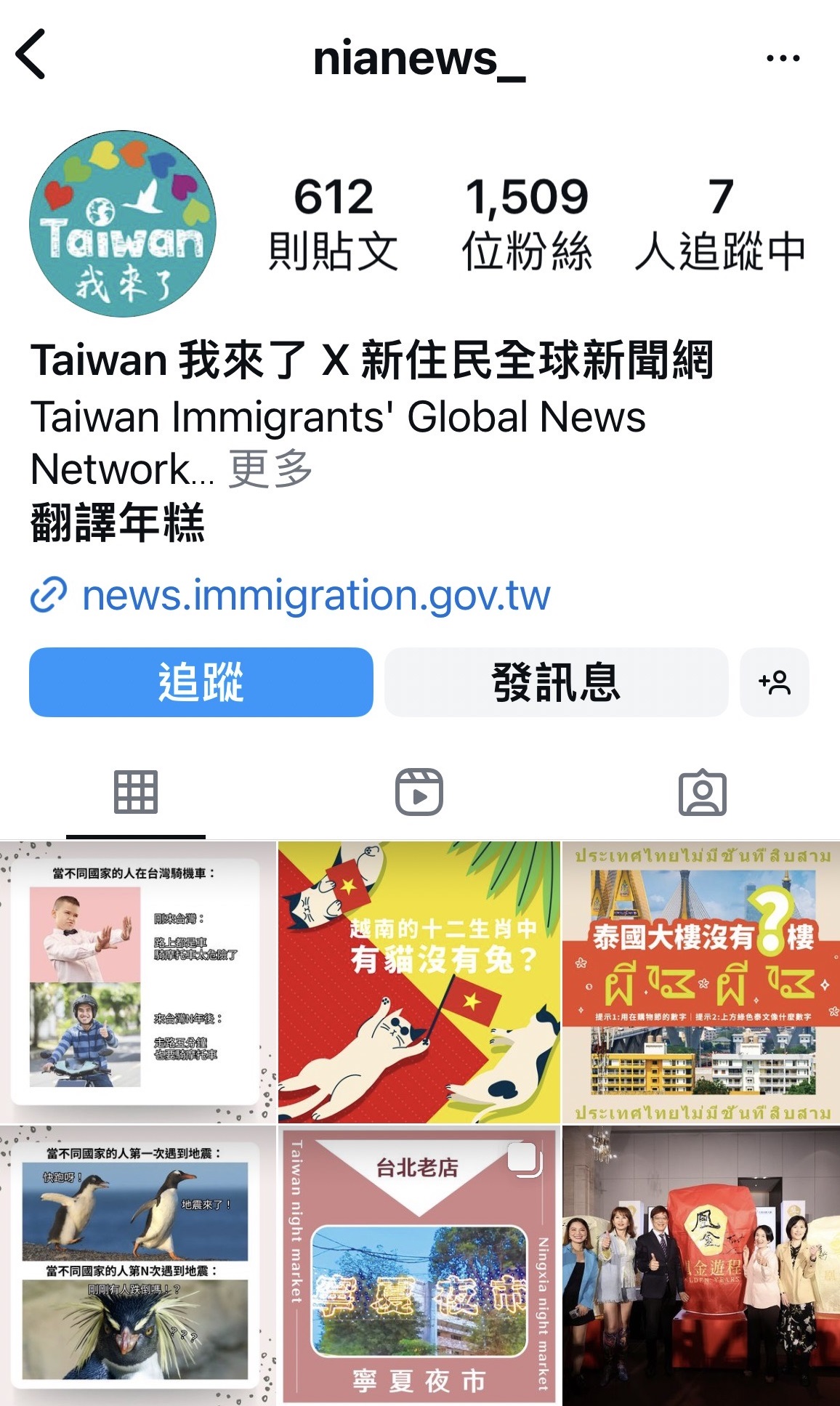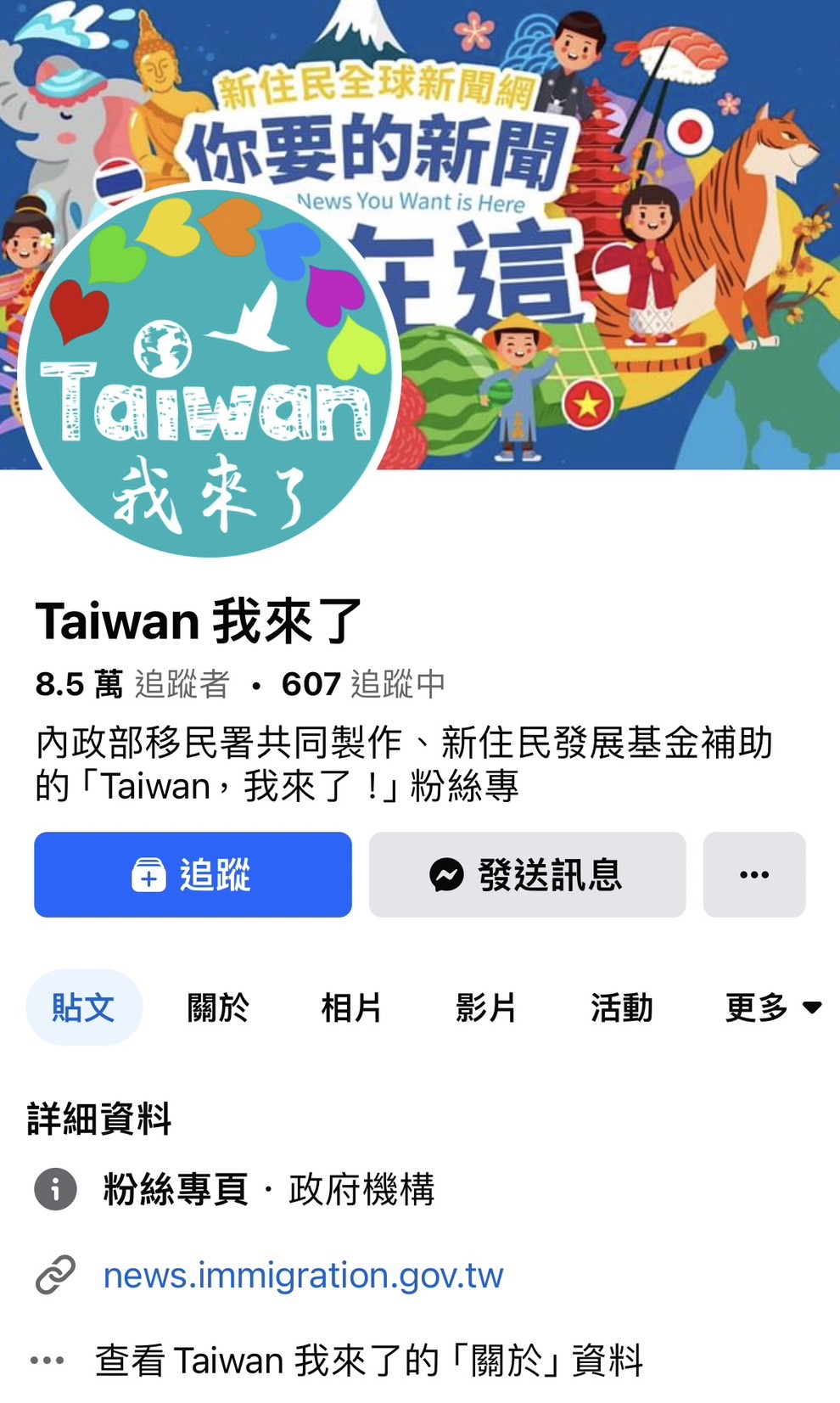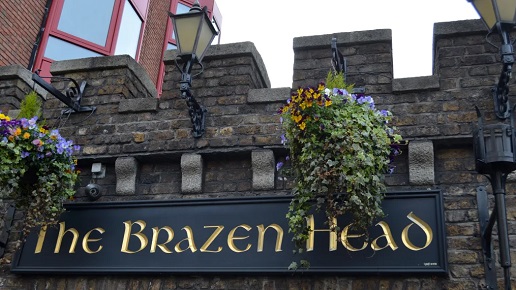The Vietnamese Lunar New Year, also known as "Tet," is the most important traditional festival in Vietnam, and food plays a vital role in its celebration. From Bánh Chưng (square sticky rice cakes) to a variety of traditional dishes, every culinary creation carries profound cultural memories and emotional connections.
Bánh Chưng: The Soul of Tet Festival
When mentioning Tet, the first thing that comes to mind is Vietnam’s iconic sticky rice cake, Bánh Chưng. This square-shaped cake, made of glutinous rice, mung beans, and pork, is wrapped in banana leaves, symbolizing the harmony between heaven and earth. Its preparation is often a family activity, fostering togetherness and preserving traditional craftsmanship. In southern Vietnam, a cylindrical version called Bánh Tét is popular, featuring similar ingredients but different shapes, representing wishes for prosperity and harmony. Vietnam's Tet festival cuisine is a cultural memory passed down through generations. (Image/Source: Pexels)
Vietnam's Tet festival cuisine is a cultural memory passed down through generations. (Image/Source: Pexels)
Signature Dishes: Regional Flavors and Cultural Fusion
Tet dishes are diverse and reflect regional variations. Northern Vietnam favors light flavors, such as chicken noodle soup and green papaya salad, while the south leans toward sweeter dishes like caramelized pork and chicken stewed in coconut milk. Popular dishes like fried spring rolls (Chả Giò) and steamed rice noodle rolls with shrimp (Bánh Hỏi) are also Tet staples, showcasing Vietnam’s creativity and use of diverse ingredients.
Offerings and Dietary Taboos
Tet altars are often adorned with foods symbolizing good fortune, such as the five-fruit platter, representing blessings in life. However, certain foods, such as duck meat or fish with a strong odor, are avoided during Tet as they are believed to bring bad luck.
Vietnam's Tet cuisine is a profound cultural heritage passed down through generations. Through food, Vietnamese people engrave familial love and traditional wisdom into every day of the Lunar New Year.







